-
Temperature and humidity sensors
Control the temperature and humidity of your buildings in real time.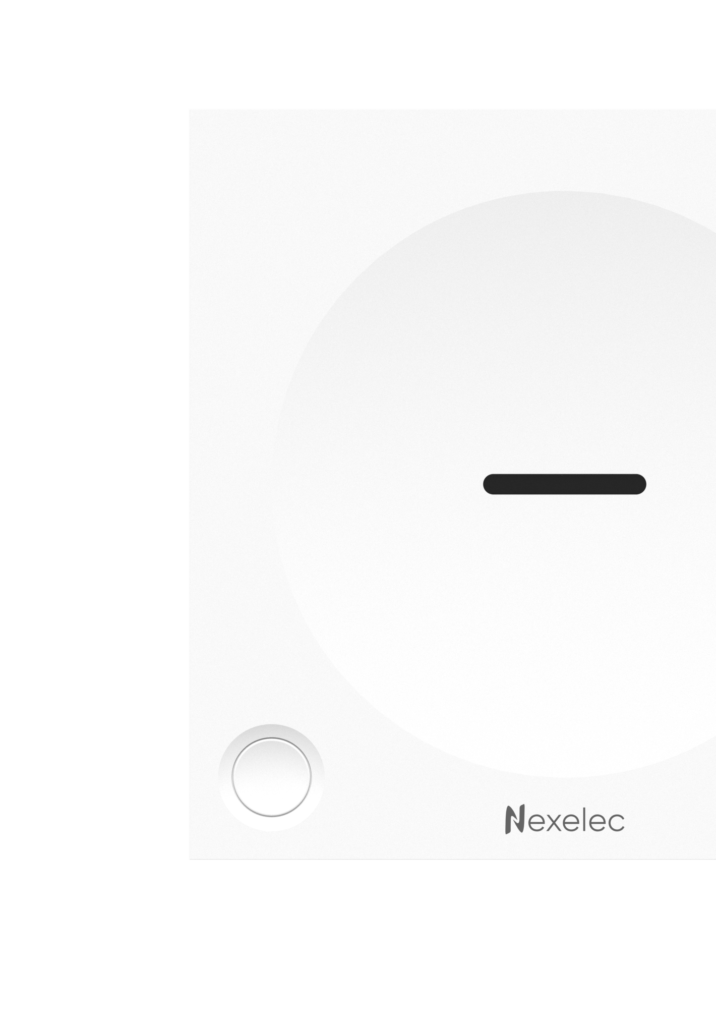
-
Air Quality Sensors
Monitor indoor and outdoor air quality with our wide range of reliable and robust products.
-
Brightness sensors
Discover our sensors designed to monitor light and brightness in your workspaces.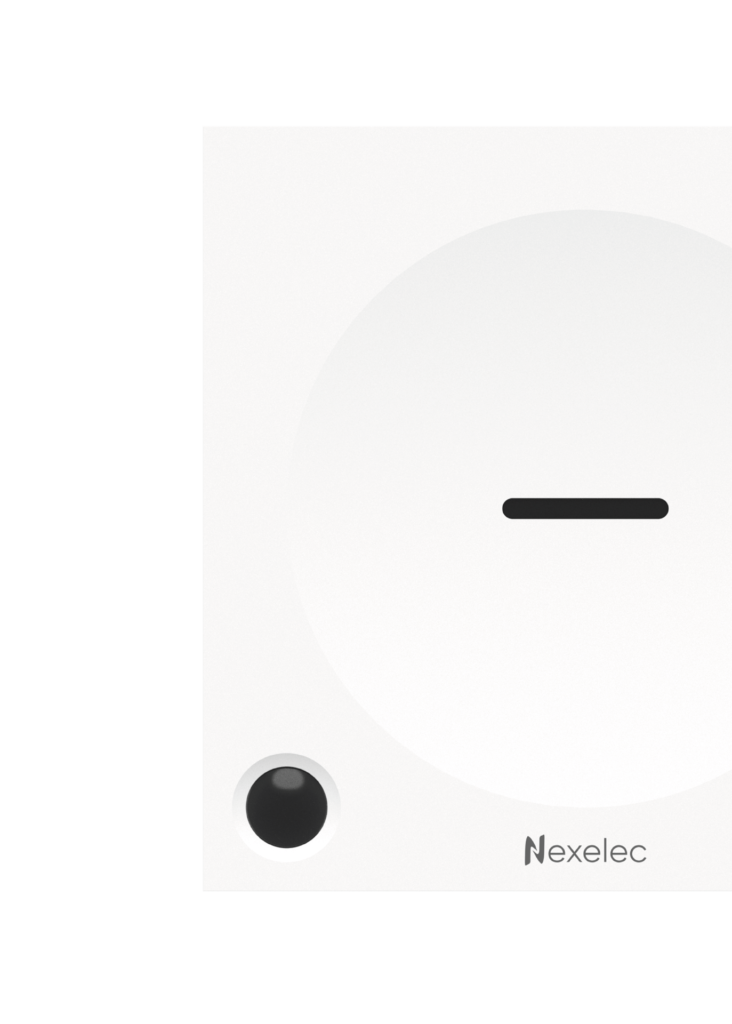
-
Noise sensors & sound levels
Control the sound ambience of your interior spaces.
-
Batteries and accessories
A complete range of accessories to simplify sensor installation and maintenance.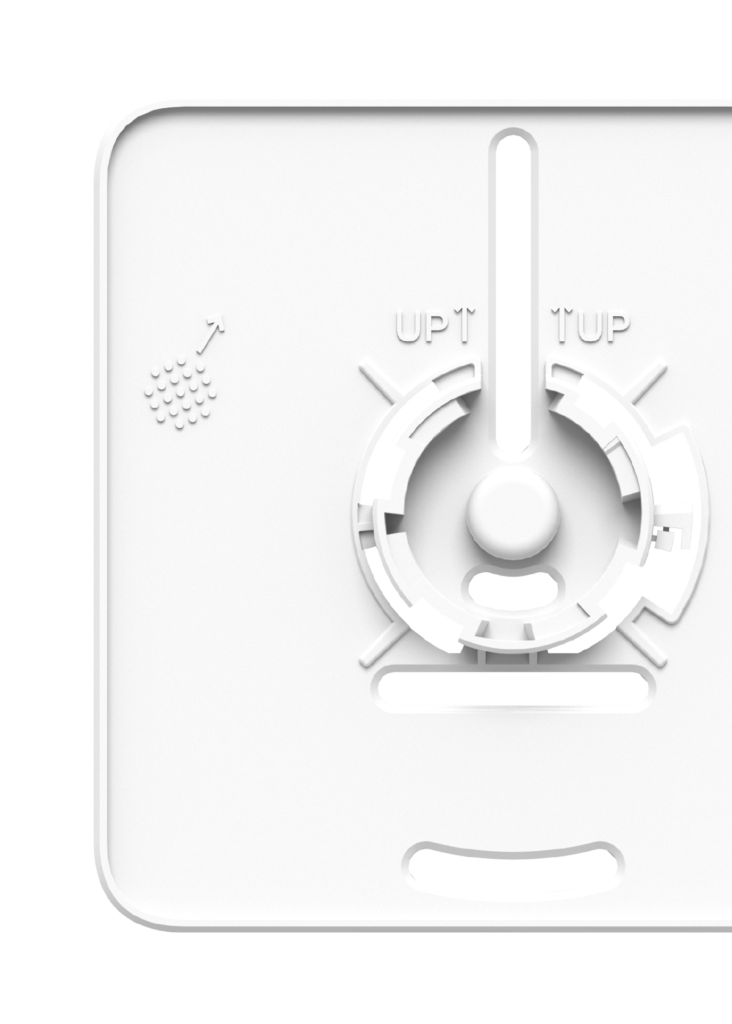
Optimize your indoor and outdoor spaces with our range of dedicated sensors
Room sensors play a central role in the optimal management of your environments. They enable essential parameters to be monitored in real time, guaranteeing the health and comfort of occupants while achieving significant energy savings. These sensors are the key to creating healthier, more pleasant and more sustainable living and working spaces, while meeting compliance and responsibility standards for air quality and employee well-being.
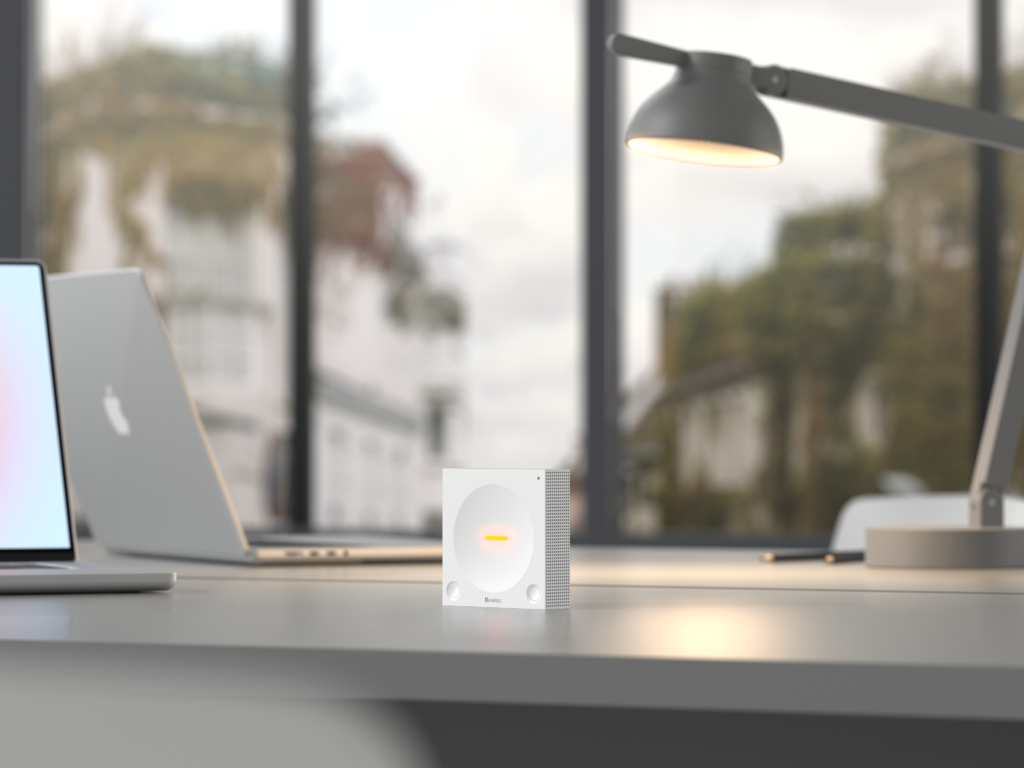
Frequently Asked Questions
Our experts answer your questions
VOCs have very harmful effects on health. These molecules can trigger heart and nervous system disorders, irritation of the eyes and mucous membranes of the respiratory tract, nausea and more.
VOCs are detectable in :
- Furniture (tables, cupboards, etc.), wall and ceiling coverings
- Consumer products (cleaning and synthesis agents, solvents, degreasers, etc.)
- Finishing products (varnish, glue, acrylic, silicone, etc.).
It is therefore important to be able to differentiate Volatile Organic Compounds from the rest of the pollutants present in the air.
NEXELEC Volatile Organic Compounds sensors continuously analyze the air and detect VOCs to help you act accordingly.
Depending on the model, products offer lighting and energy optimization, acoustic monitoring, space and safety management, and automation scenario options.
NEXELEC sensors are capable of measuring different pollutants, depending on the model. Depending on the country and the environment, thresholds may vary.
Depending on WHO and ANSES regulations, thresholds may differ from one country to another.
The values set out below are valid for ERP (Etablissements Recevant du Public) in France.
Carbon Dioxide (CO2)
CO2 is a good indicator of Indoor Air Quality. If ppm levels are too high, ventilate as soon as possible.
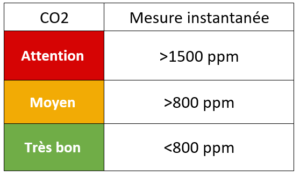
Volatile organic compounds (VOCs)
These compounds are emitted by paints, glues and other solvents. If the concentration is too high, ventilate as soon as possible.
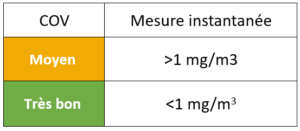
Fine Particles (PM)
PM are grouped into 3 categories: PM1, PM2.5 and PM10
Fine particles are often found in dust and smoke. Prolonged exposure presents a health risk. When the threshold is too high, open the windows to renew the indoor air.
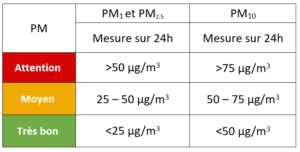
Formaldehyde (HCHO)
Formaldehyde can be found in new furniture, cleaning products and so on. If your detector emits a Red LED, take action as soon as possible.

Carbon monoxide (CO)
If carbon monoxide levels reach excessive levels in a room, it presents a potentially fatal hazard. It’s crucial to detect the origins of CO in the environment, and to have all combustion appliances inspected, such as stoves, boilers, stoves and so on. If the threshold is too high, ventilate the room as much as possible.
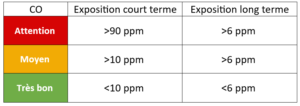
Our clients
They trust us



















